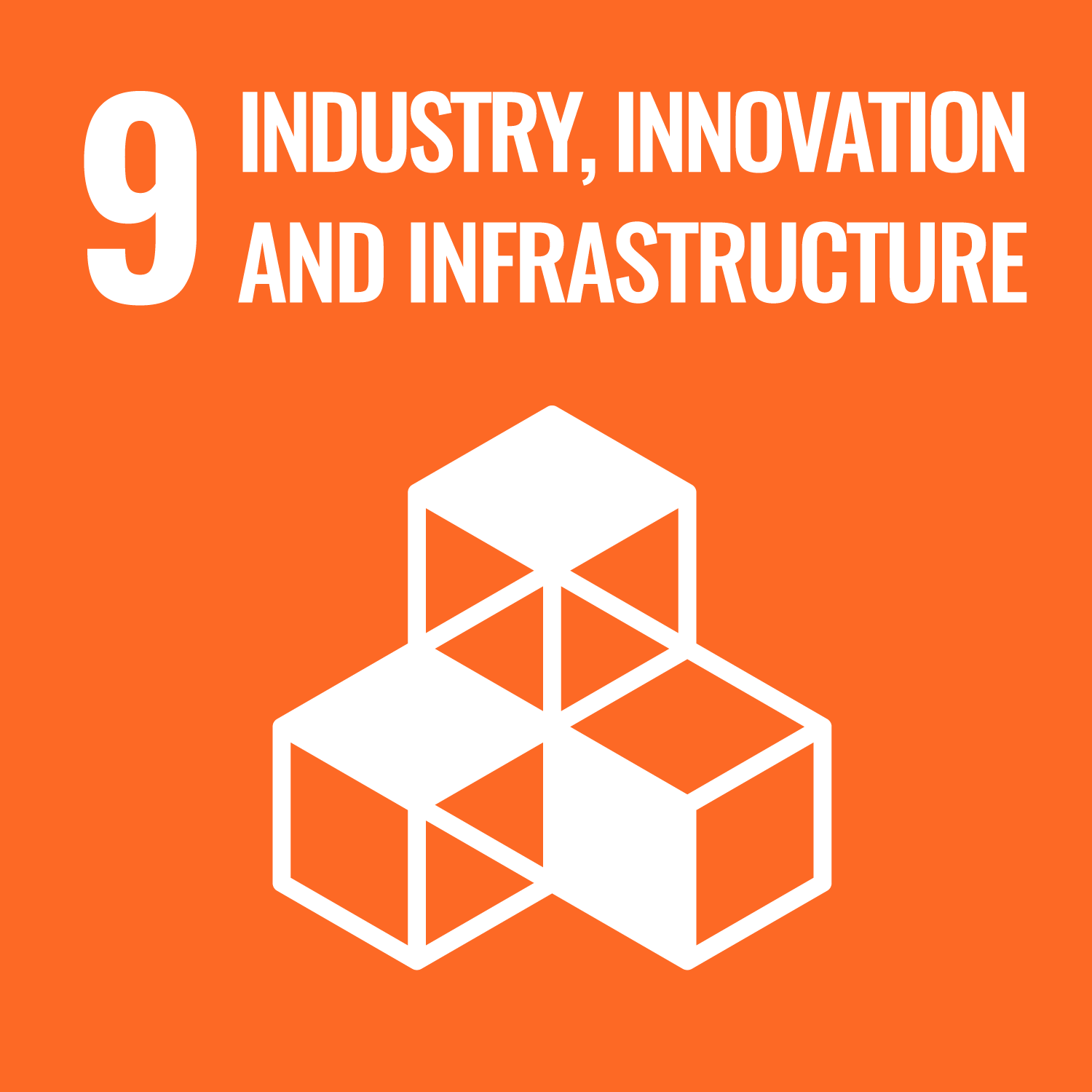SDG Detail
BIOSCI 204 : Principles of Microbiology
Undergraduate courseProject description
This course provides an introduction to the diversity, physiology and functions of microorganisms (prokaryotes, eukaryotes, viruses) as individuals and as communities. The fundamental roles of microorganisms in ecosystems, health and disease are considered alongside methods for their isolation and study. Microbial applications in biotechnology, food production, agriculture and industry are also discussed.
Project aims
?
Project outcome
By the end of this course, students will be able to: Gain accurate practical skills in isolation, identification, culture and handling of microorganisms. (Capability 1, 2, 3 and 4) Define the different structures within microbial cells and the roles of these structures. (Capability 1, 2 and 3) Describe the diversity of microbial metabolism. (Capability 1, 2 and 3) Describe the origins and evolution of microbial life and the roles microorganisms play within ecosystems, using examples. (Capability 1, 2 and 3) Recognise the interactions between macro-organisms and micro-organisms. (Capability 1, 2 and 3) Assess critically, the literature around a current microbiology topic. Communicate this information a clear, concise manner in an essay using references to support the argument. Link the microbiology topic to social and environmental responsibilities. (Capability 1, 2, 3, 4, 5 and 6) Be able to incorporate knowledge and understanding from practical and theoretical course components into discussions of microbiological concepts and their relationships to society and the environment. (Capability 1, 2, 3, 4 and 6)
Related SDGs
The corresponding sustainable development goals correlated with this project. You you click the icon to link to SDG category description page.









